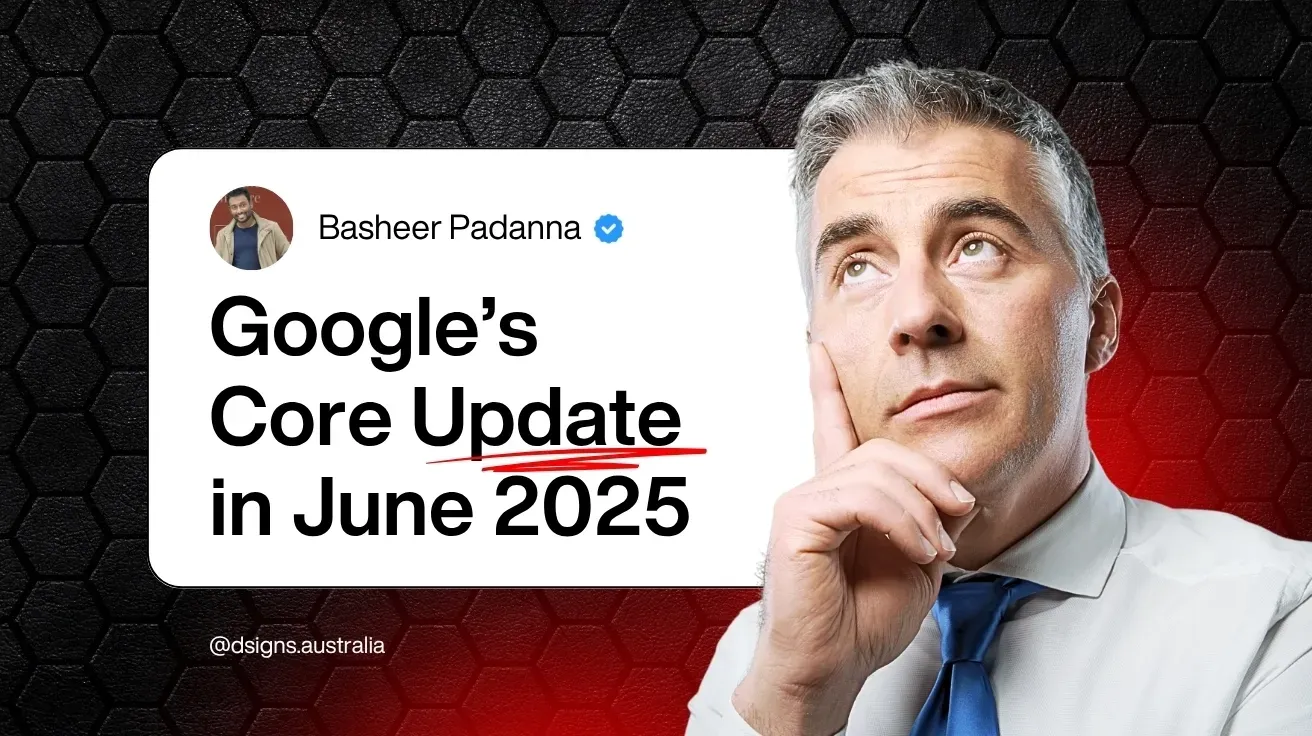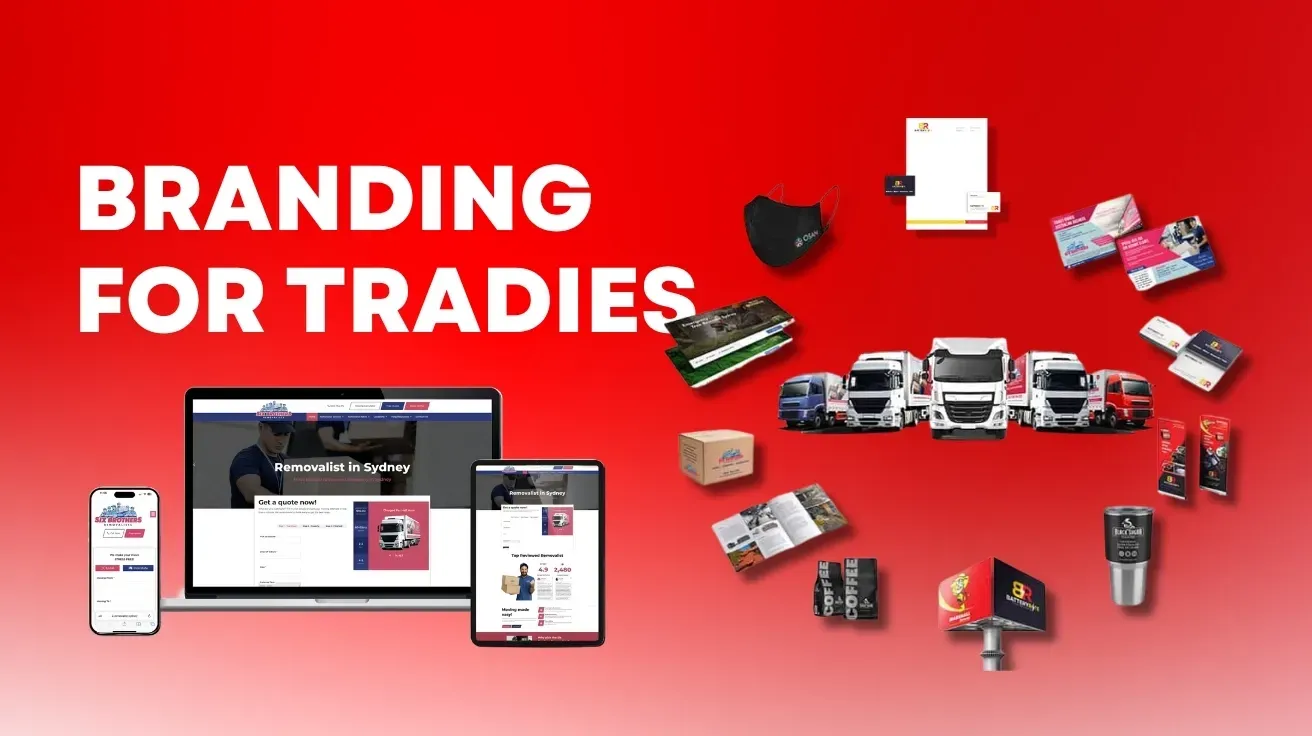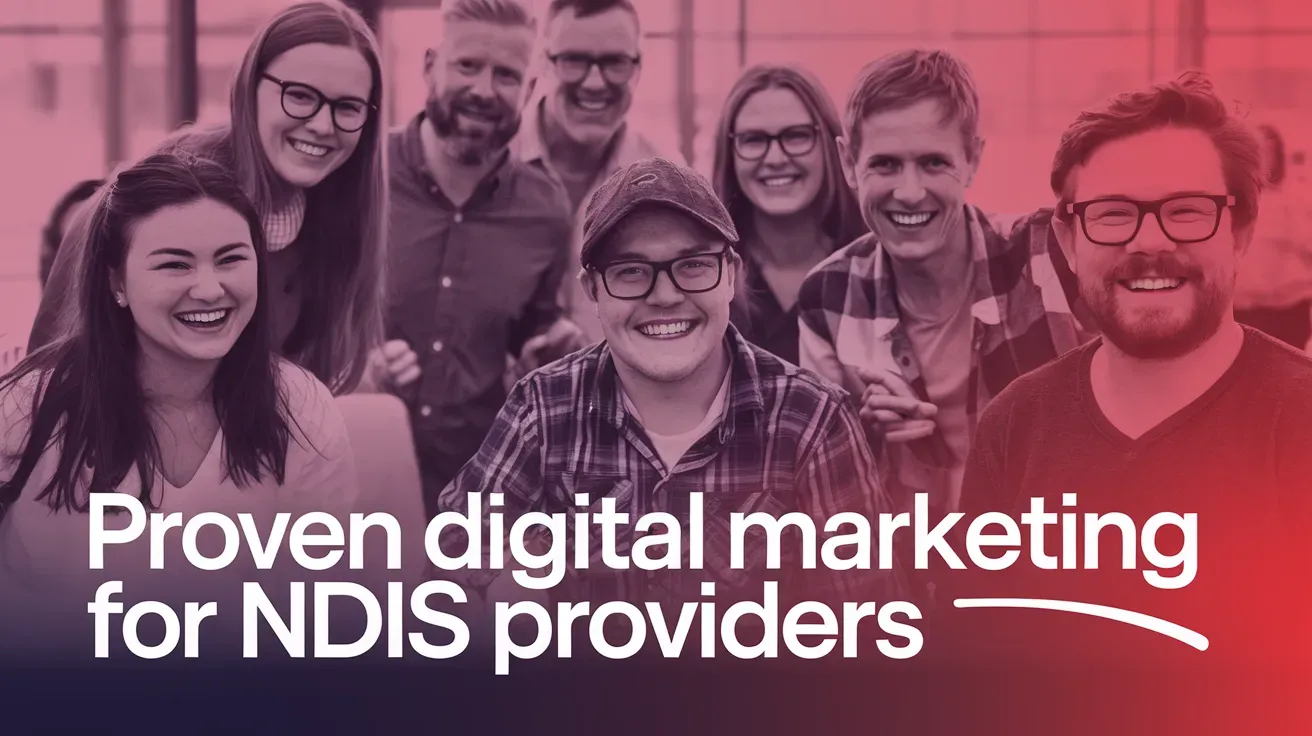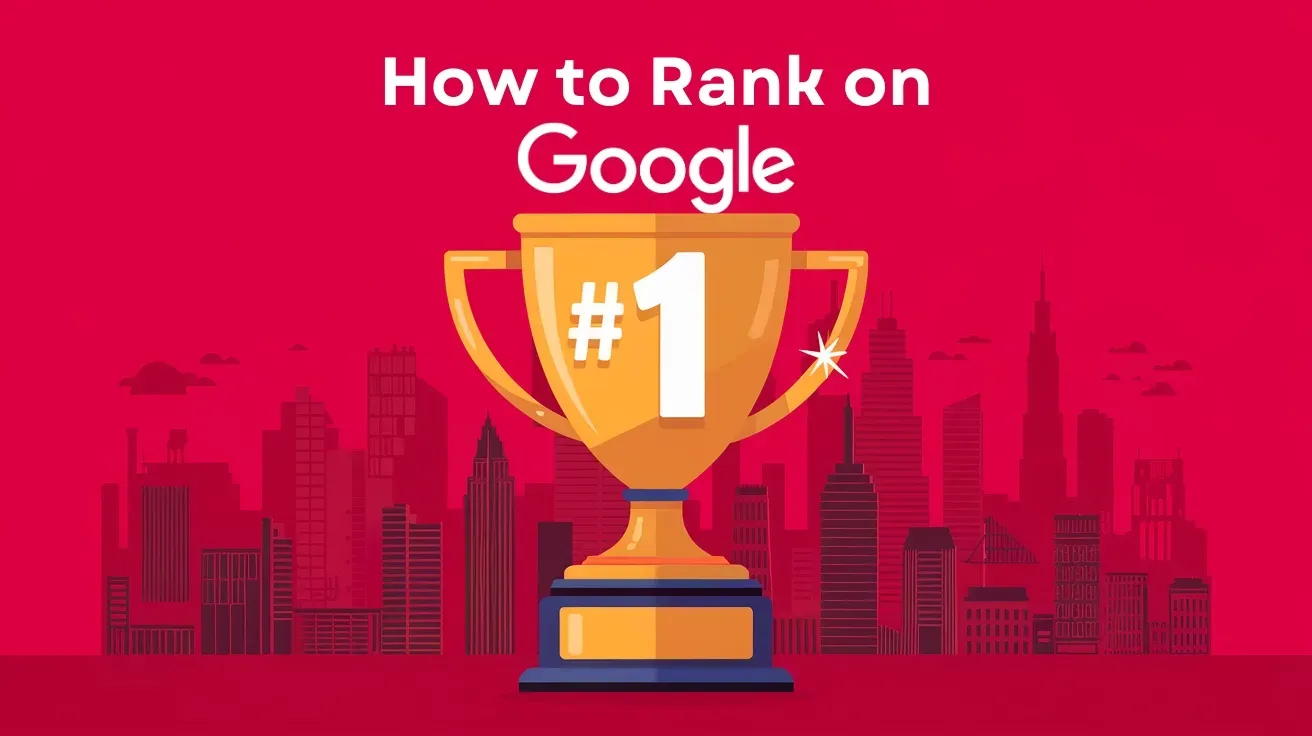Targeting Voice Searches for Your Google PPC
As the number of voice-initiated searches rises annually, there is a significant opportunity to adapt paid advertising tactics for search engine marketing.
Having a voice search strategy is now essential, whereas it was merely optional a few years ago.
With these tips, you will maximise voice searches for your Google PPC in no time.
What Is Voice Search?
As you may have realised, voice search is an alternative to typing in a search query or using a mouse or keyboard to navigate. Voice search is a search that is initiated by audio rather than written text.
How to Maximise Voice Search
1) Choose the Right Keywords
When you're creating your ads, it's important to choose the right keywords. You want to target keywords that are relevant to your content and your audience. For voice searches, you'll also want to focus on long-tail keywords. These keywords are less common, but are more specific and valuable to your audience. Narrow down the best-performing keywords by adding new keywords from 'search terms' section in your existing campaigns.
2) Target Mobile Users Campaign Budget
Make sure your ads are being shown on mobile devices by targeting them in your campaigns. Increase your budget for mobile users to ensure maximum exposure.
3) Target local users
If you're targeting a local audience, it's important to target your ads to users in that area. You can do this by using Google's location targeting features or by using keywords like near me or location names.
4) Optimise your ads for clarity and visual appeal
When users are searching by voice, they're not able to see your ad. To ensure that your ads are as clear as possible, you'll want to use ClearText ads and use colours and fonts that are easy to read. You can also use video ads to make your content more appealing.
5) Understand People's Search Queries
Voice-initiated searches are highly conversational in nature. The user initiates the search by speaking into their device, often using conversational language rather than keywords. For example, users do not search for ‘car dealership’ but instead, they are more likely to ask, ‘where is the closest car dealership?’
As a result, your advertisement should be created around this conversational style. Use natural language that sounds like how someone would speak to another person. This will make your ad more likely to be heard and responded to by users.
6) Highlight High Intent Phrases
As voice searches typically contain high intent phrasing, it is crucial for you to highlight those specific keywords.
For instance, users search for the phrase ‘where is the closest car dealership?’ to indicate a high intent search. In contrast, a user would not search for ‘dealer’ or ‘car.’
As a result, you should adjust your ad to include keywords where high intent phrasing is demonstrated.
Here is a great example of a search ad that includes peninsulas with high intent phrases.
7) Provide Answers to Common Questions
Instead of your ad prompting users to click through and browse your website or Google My Business page, voice search allows you to provide the answer to their question.
This not only gives you an advantage over businesses that cannot offer this service, but it also demonstrates your expertise in your niche.
For example, a user can simply ask, ‘where is the closest spot to see the stars?’, and you don’t have to link them to your website. You can prompt them with an answer.
8) Identify Long Tail Keywords
Long tail keywords are a fantastic way to target more specific search terms and greatly improve your visibility within a certain industry.
Voice searches tend to be longer in nature, with users speaking their search query out loud in its entirety rather than using non-specific keywords.
For example, a user might say, ‘where is the closest pet store?’ rather than ‘pet store.’ The user is searching for something very specific, and therefore, you should create an ad that will speak to these long tail keywords.
Conclusion
Voice search is one of the fastest-growing search terms within Google, showing no signs of slowing down. With this in mind, it is vital for you to begin targeting voice searches, especially if you weren’t already doing so.
Make targeting voice searches much easier with the help of DSIGNS. We are a
Google Ads agency in Sydney that will help you improve your PPC performance and ROI.
Get in touch with us today to learn how.













